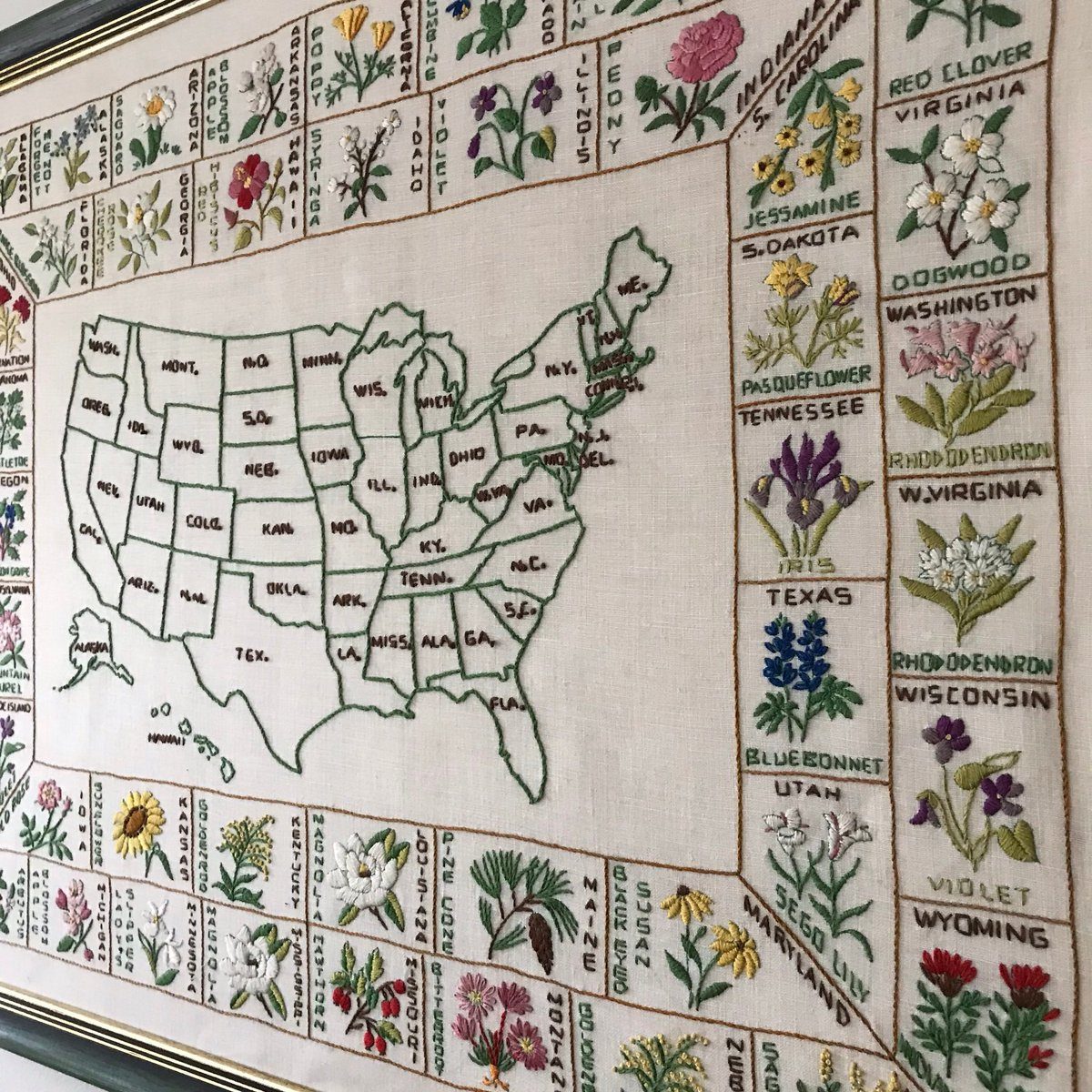99-Year-Old’s Final Quilt Finished By Volunteers: #RitasQuilt


The Bank of North Dakota, or BND, is the nation’s only public bank: a government-owned and -operated entity that prioritizes public access over profit, and offers fair banking services to North Dakotans when private banks can’t or won’t. “It is potentially insulating you from loans, lenders, from out-of-state interests who won’t or don’t listen to the concerns of the local economy,” Flynn said.
At the time of its creation, BND’s purpose was to protect the state’s farmer class by offering low-interest agriculture loans. A century later, the bank is still an active force in the state, although its function has shifted, Flynn said, “from an insulator to more of an incubator.”
With $8 billion in assets, BND now offers business and student loans along with commercial services. Its purpose, however, continues to distinguish it from modern private banks. “When a US bank isn’t interested in going into that type of loan or startup, or thinks it’s too risky, BND would get engaged,” Flynn said. “They could point to this mission and say, ‘We’re helping growth, the growth helps the state.’”
Julie Akins, a freelance journalist based in Ashland, Oregon, began a life-changing road trip in August 2016. Off and on over the course of the next two years, she pitched her tent and lived among homeless people from Portland to Denver.
Fascinated by the working homeless, Akins asked what they needed to get off the streets as she chronicled their stories for the book she’s writing, One Paycheck Away.
Then Akins noticed families living in school buses. Curious, she knocked on the door of an old blue school bus and met a family with seven children living inside. They had ripped out the seats and put down floors. There were mattresses on the floor, tubs full of clothes and a stacked bookcase.
“It was in disarray,” says Akins, 58. “There was no toilet, shower or kitchen.”
After meeting other families who found homes in the buses, she came up with the idea to take retired school buses and convert them into nice, livable spaces with kitchens and bathrooms for working homeless families.
From housesharing to gardening.
🔎 Learn more about loneliness: https://t.co/7BBmBf9oot #loneliness #mentalhealth pic.twitter.com/Husbv8OvlY
— World Economic Forum (@wef) July 12, 2019
https://cyclingwithoutage.org/
https://www.weforum.org/agenda/2018/11/why-some-students-in-milan-are-moving-in-with-elderly-people/
http://www.phoenixcommons.com/
There are, of course, many ethical reasons to use nonviolent strategies. But compelling research by Erica Chenoweth, a political scientist at Harvard University, confirms that civil disobedience is not only the moral choice; it is also the most powerful way of shaping world politics – by a long way.
Looking at hundreds of campaigns over the last century, Chenoweth found that nonviolent campaigns are twice as likely to achieve their goals as violent campaigns. And although the exact dynamics will depend on many factors, she has shown it takes around 3.5% of the population actively participating in the protests to ensure serious political change.
This ferment is beginning to solidify into a movement. The New Economy Organisers Network (Neon), a NEF spin-off based in London, runs workshops for leftwing activists, to learn how “to build support for a new economy” – for example, by telling effective “stories” about it in the mainstream media. Stir to Action, an activist organisation based in Bridport in Dorset, publishes a quarterly “magazine for the new economy”, and organises advice sessions in left-leaning cities such as Bristol and Oxford: Worker Co-ops: How to Get Started, Community Ownership: What If We Ran It Ourselves?
“There’s a totally new impulse to activism about the economy now,” says the magazine’s editor, Jonny Gordon-Farleigh, who was previously involved in anticapitalist and environmental protests. “The movement has gone from oppose to propose.”
I set a goal to road-trip across the country, running a marathon in all 50 states (I’d later up it to 100 marathons), volunteering at each of the 200 Feeding America food banks, and visiting friends and family as I went.
I set out in July 2014. I ran my 100th marathon last month and volunteered at my 200th food bank on April 11. Am I done? Not even close. Not while there are millions of hungry Americans. Not when there is more that I — that we all — can do.